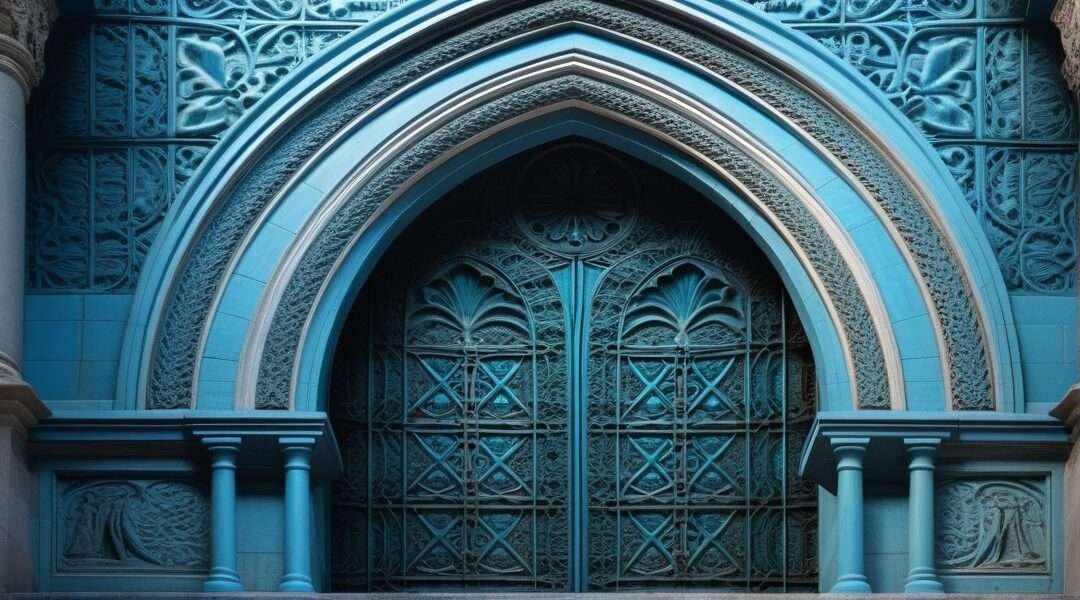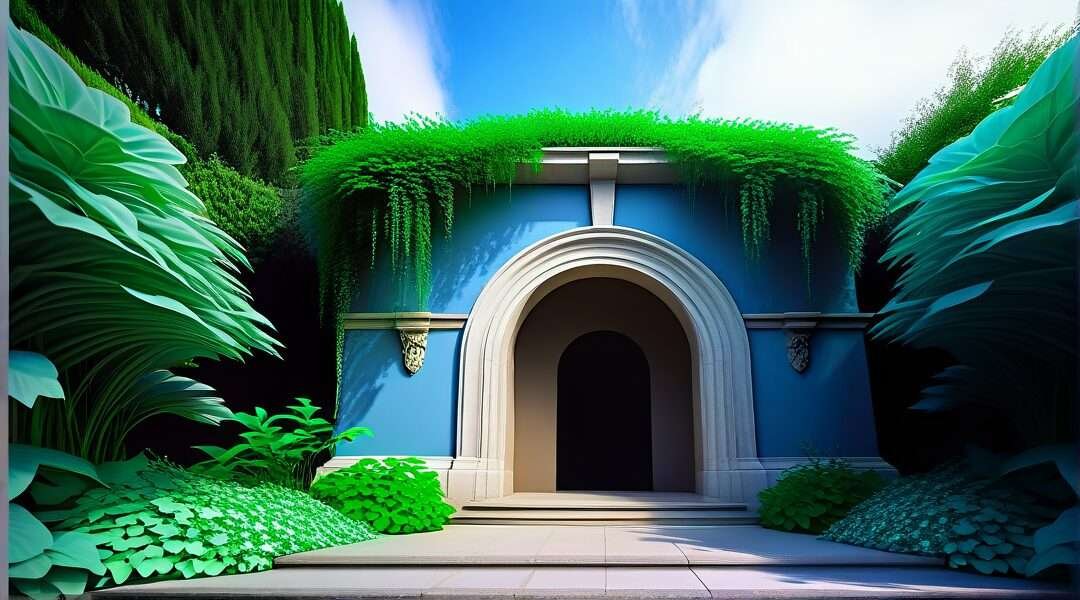Unveiling the Mysteries of Crypts: A Journey Through Time
Explore the fascinating history of crypts, from ancient burial practices to modern-day significance, and discover how they have shaped cultures across the globe.
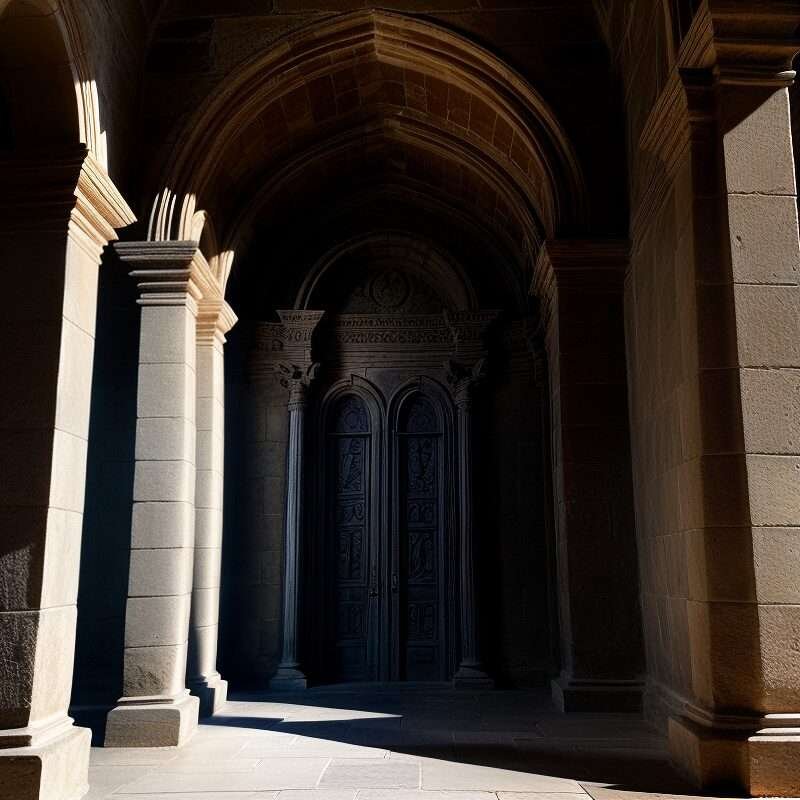
The Historical Significance of Crypts
The Evolution of Crypts: A Historical Timeline
Trace the development of crypts through the ages, highlighting pivotal moments in their design and cultural significance.
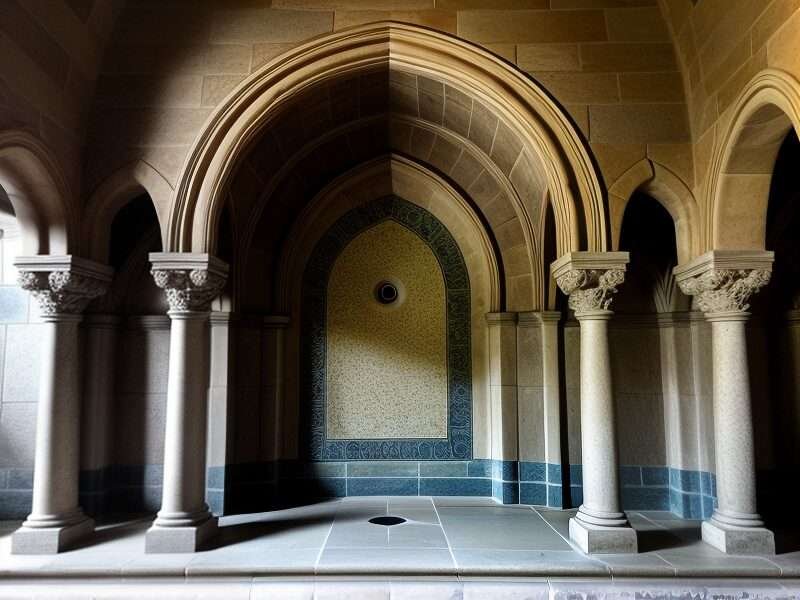
3000 BC
The Dawn of Crypts in Ancient Egypt
Crypts first emerged as elaborate burial chambers for pharaohs, designed to protect the deceased in their journey to the afterlife.
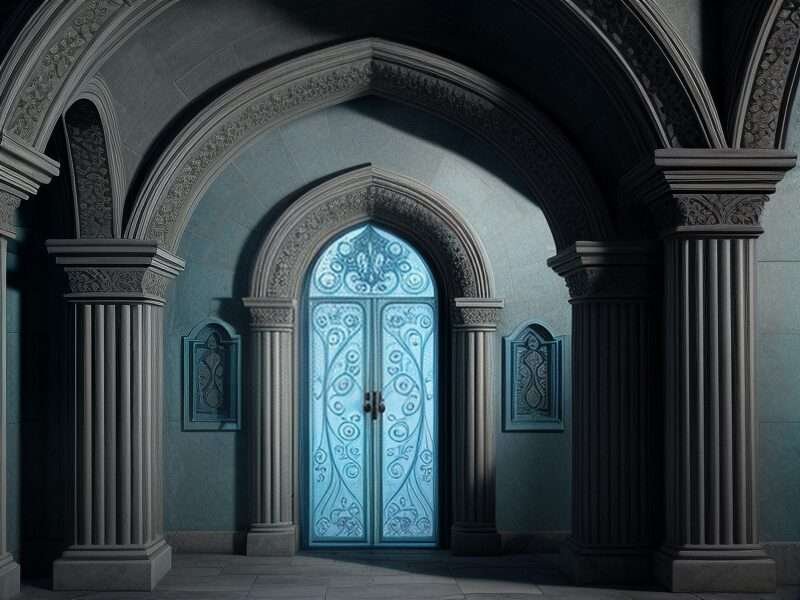
200 AD
Roman Catacombs: Underground Sanctuaries
Early Christians utilized catacombs beneath Rome as places of worship and burial, marking a significant evolution in crypt usage.

1100 AD
Medieval Crypts: Hallowed Grounds
During the Middle Ages, crypts became integral to church architecture, serving as sacred spaces for relics and burial of clergy.
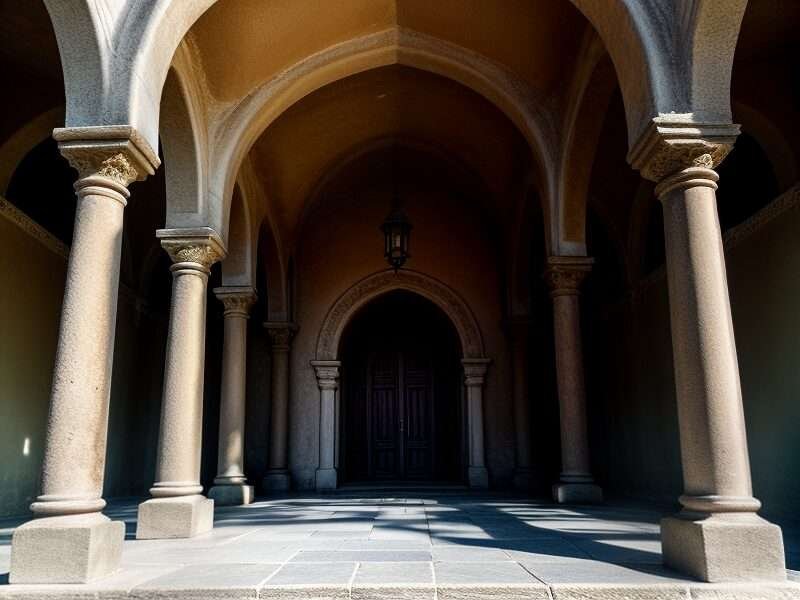
1800 AD
Victorian Era: The Rise of Mausoleums
The 19th century saw a resurgence in elaborate crypts and mausoleums, reflecting societal shifts towards grand memorialization.
Architectural Features of Crypts
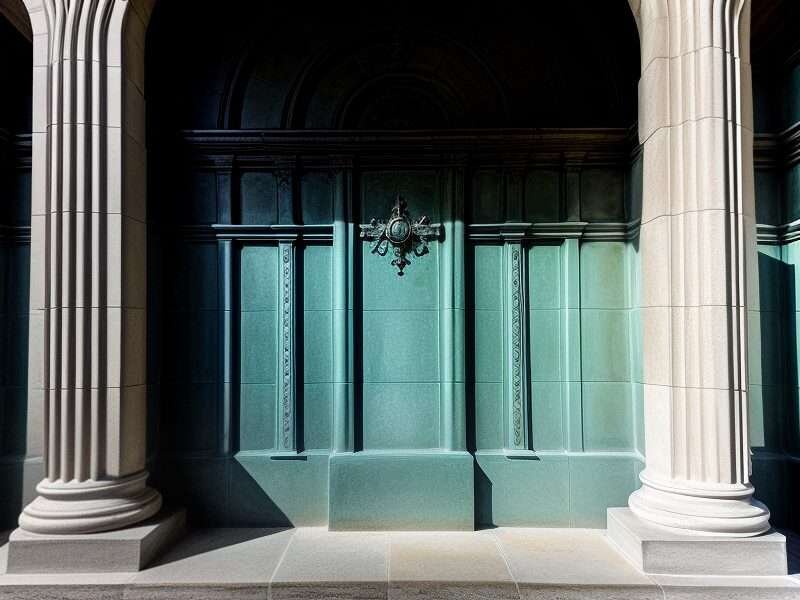
Roman Crypt Design
Roman crypts are renowned for their intricate stone carvings and vaulted ceilings, reflecting the grandeur of ancient Roman architecture.
Gothic Crypt Elements
Gothic crypts are characterized by their pointed arches and ribbed vaults, embodying the dramatic and ornate style of the Gothic period.
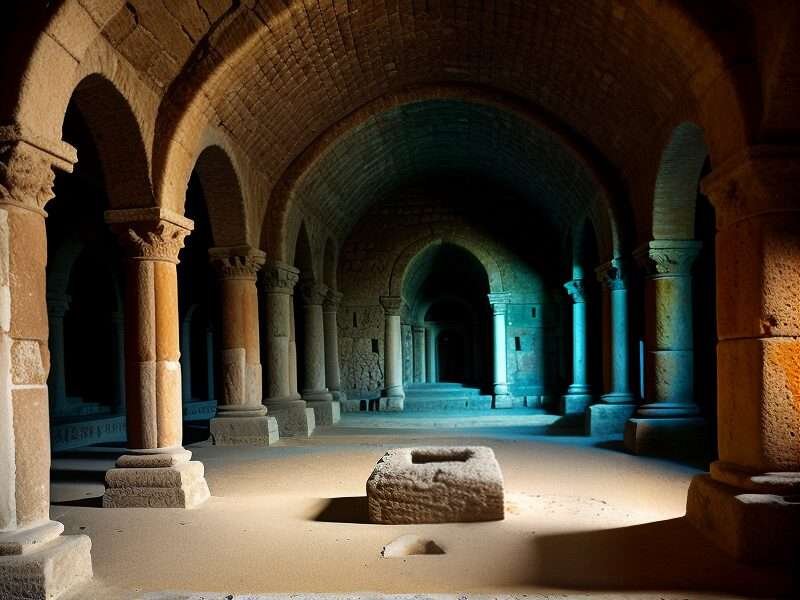
Expert Insights on Crypts

Dr. Emily Carter

Professor John Smith
“The architectural evolution of crypts reflects the technological advancements and artistic expressions of different eras.”

Archaeologist Sarah Lee
Upcoming Crypt Discoveries
Ancient Egypt Exhibition
March 15, 2024
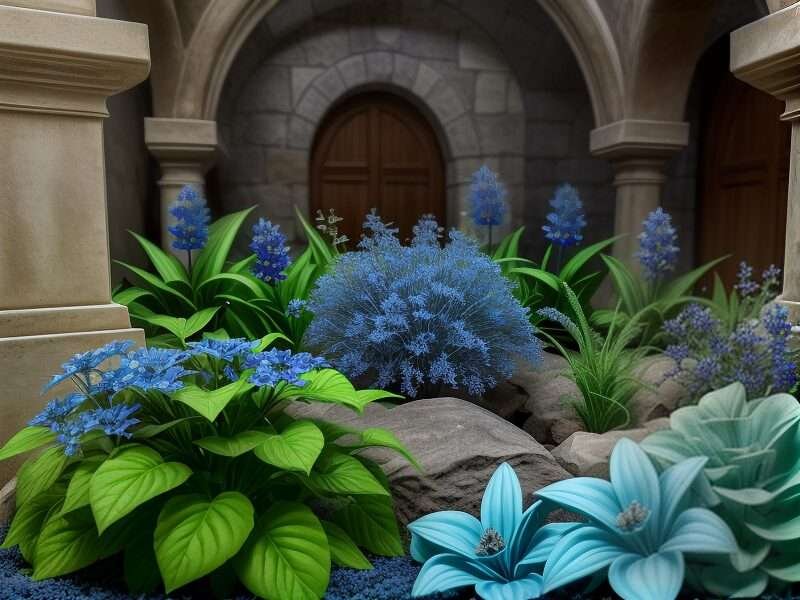
FREE
Roman Catacombs Tour
April 20, 2024
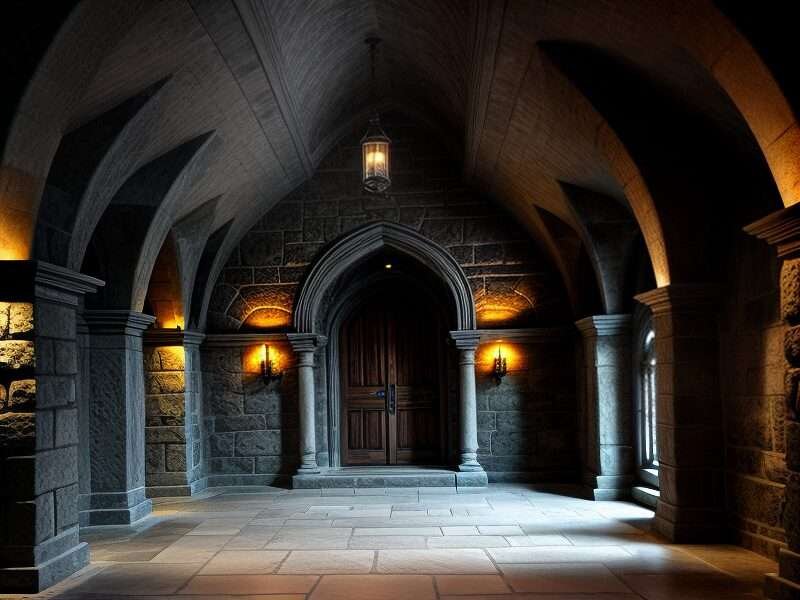
FREE
Medieval Crypts Symposium
May 10, 2024
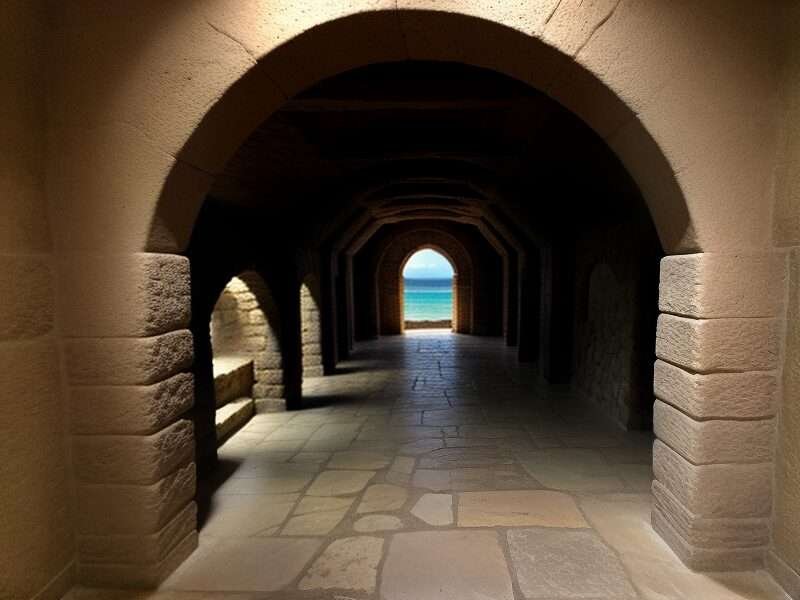
FREE
Gothic Crypts Exhibition
June 25, 2024
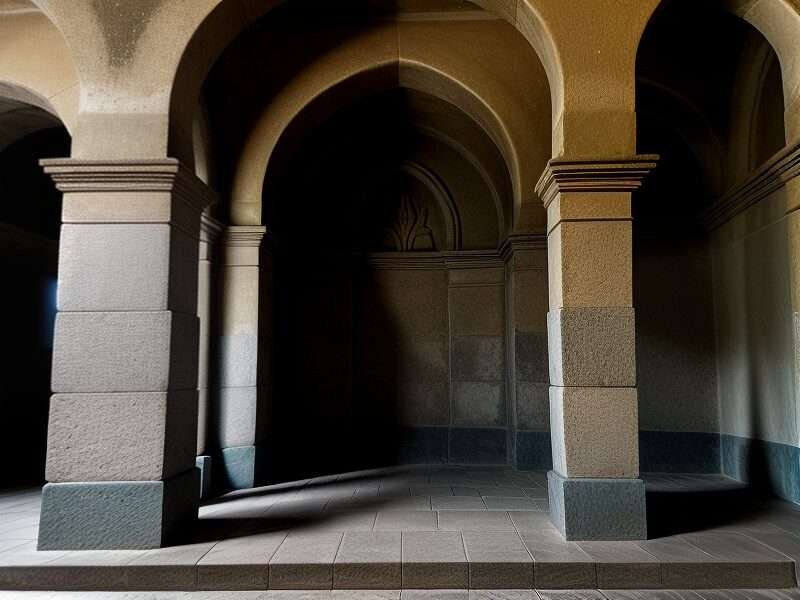
FREE
